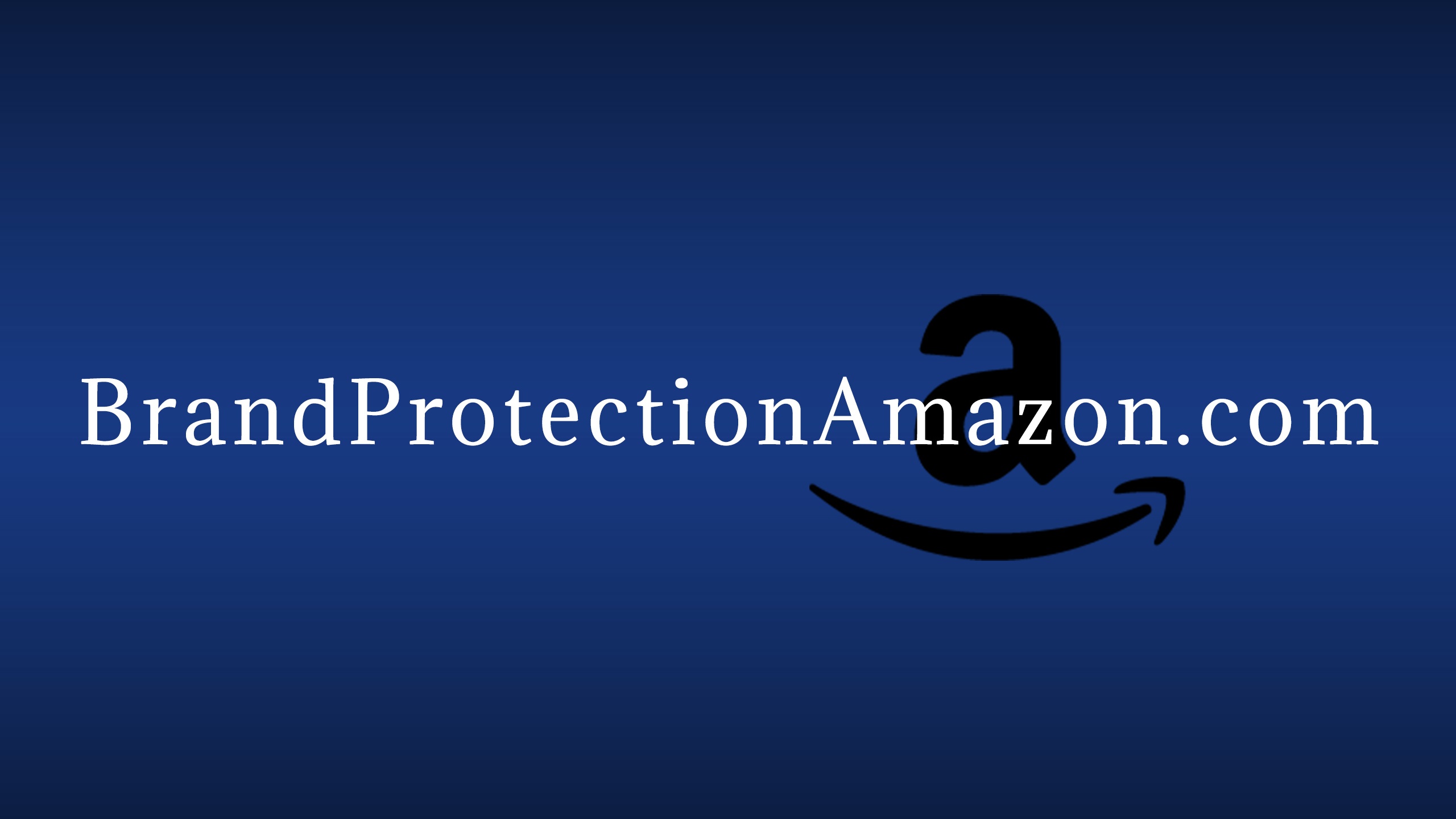
The Offensive Strategy of Trademark Infringement – Taking an active approach against potential trademark infringement in China.
There are many ways to take an offensive approach in order to stop trademark infringers from stealing your work.
There are three main agencies under this heading, which are:
- The Administration for Industry and Commerce (AIC)
- The Administration of Quality Supervision, Inspection, and Quarantine (ASQSIQ)
- The General Administration of Customs (GAC)
The reason that filing through administrative agencies is more advantageous is because they tend to be faster when filing, and more active in saving the Seller money in the process. Even though there are three agencies that can fulfill the Seller’s goal, each has its upsides and downsides.
 The AIC, or Administration for Industry and Commerce, is a provincial agency run by the state. It is parallel to the Department of Commerce in the United States, and since it operates on the provincial level, they tend to be faster and more knowledgeable about local law. They also are allowed to look into the origin of the products, and if deemed unlawful, can confiscate. Additionally, they tend to be less expensive than the alternative options. However, upon finding an infringer, they can only award an “administrative fine” which only goes up to approximately three-times the amount of the business[1]. Another downside to choosing this avenue is that since it is on the provincial level, the method of finding their resources is not automated; that is to say it is difficult to find the website, and on-top of that, translate it because it is in Chinese. What we as a firm have been working on in order to solve this issue, is assembling the sites in one place, one being ChinaCheckup.[2]
The AIC, or Administration for Industry and Commerce, is a provincial agency run by the state. It is parallel to the Department of Commerce in the United States, and since it operates on the provincial level, they tend to be faster and more knowledgeable about local law. They also are allowed to look into the origin of the products, and if deemed unlawful, can confiscate. Additionally, they tend to be less expensive than the alternative options. However, upon finding an infringer, they can only award an “administrative fine” which only goes up to approximately three-times the amount of the business[1]. Another downside to choosing this avenue is that since it is on the provincial level, the method of finding their resources is not automated; that is to say it is difficult to find the website, and on-top of that, translate it because it is in Chinese. What we as a firm have been working on in order to solve this issue, is assembling the sites in one place, one being ChinaCheckup.[2]
The AQSIQ has similar power to the AIC in their ability to thoroughly investigate, seize, and prevent the sale of infringing goods[3]. An advantage of this process so that the Seller only need to register their trademark through Customs so that the GAC has the authority to seize possible infringing products going through customs whether or not there has been a complaint filed or not.
Civil Proceedings are another approach one can take. Just like administrative agencies, courts can also seize goods that are suspected to be infringing upon other goods. However, unlike administrative agencies, they are authorized to award larger damages to the holder of the trademark being infringed upon. Also, unlike administrative agencies which only offer a decision on a take-it-or-leave-it basis, if the Seller is unsatisfied with the ruling, they can appeal to a higher court. If you the Seller decides to file through the Chinese Civil Court System will file their claim through the Intellectual Property Rights Tribunal. In order to move forwards, the IPR Tribunal then acts as a mediator between the two parties in order to encourage a settlement. However, if a settlement is not attainable, a trial ensues. Just like the other avenues, this method also has its drawbacks; these include finding a firm that has a good reputation in dealing with these types of infringement cases, which can be costly both in monetary value and time.
Criminal Proceedings are the last option for the Seller wishing to pursue action against a potential trademark infringer. Again, like civil courts and administrative agencies, criminal courts in China have the ability of seizing and looking into the sale of infringing products. Also, unlike administrative agencies but in line with civil proceedings, criminal proceedings can award larger sums of money for damages. An added advantage to this approach is that the infringer can receive jail time as a way of payment towards the original author. This added advantage to the holder of the trademark is definitely a motivating factor for the infringer to work with the author and has been very effective. Just like the other methods, civil proceedings also have disadvantages as well. The first is the obvious cost in terms of money and time that a criminal trial entails. Also, due to the higher stakes (jail time) for the infringer, there is a higher degree that the Seller must reach in order to make their claim.
Articles 213, 214, and 215 of Chinese Criminal law indicate the standards that a plaintiff must meet in order to bring an alleged-infringer to a criminal proceeding.[4]
● Article 213: Pertains to the use of identical marks that requires the issue to be of a “serious nature” and if infringement is found, merits a punishment of “less than 3 years” plus fines with “less than seven years” for more serious crimes.[5]
● Article 214: Pertains to the use of faked trademarks which requires a showing that the infringer was “knowingly selling” infringed-products in a “relatively large sales volume” which merits a punishment of “less than three years” plus fines with “less than seven years” for more serious crimes.[6]
● Article 215: Pertains to the use of “[forging], selling or manufacturing” goods without the authority of the trademark holder and the crime is “of a serious nature” which merits a punishment of “less than 3 years” plus fines with “less than seven years” for more serious crimes.[7]
Taking the offensive approach to potential infringers, whether in the form of administrative agencies, civil proceedings, or criminal proceedings, is a definite aspect of intellectual property law in China that is pertinent for the Seller to be knowledgeable about.
The Offensive Strategy of Trademark Infringement
[1] http://spiegeler.com/trademark-infringement-in-china-and-procedure-of-trademark-protection/
[2] https://www.chinacheckup.com/blogs/articles/chinese-aic-websites-list
[3] http://spiegeler.com/trademark-infringement-in-china-and-procedure-of-trademark-protection/
[4] Criminal Law of the People’s Republic of China, Ch 3, Section 7, Articles 213, 214, 215 http://www.fmprc.gov.cn/ce/cgvienna/eng/dbtyw/jdwt/crimelaw/t209043.htm
[5] Article 213
[6] Article 214
[7] Article 215








